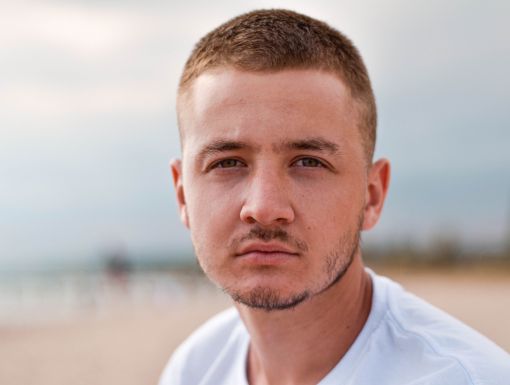
Transcranial Magnetic Stimulation (TMS) Therapy for Depression: How It Works
Antidepressants and psychotherapy are considered by most mental health experts as a potent treatment against depression.
But what if the two treatments don’t work?
Transcranial magnetic stimulation therapy, or TMS, may be the answer. This noninvasive treatment uses a magnetic field to influence brain activity. Side effects tend to be mild and temporary.
TMS may be able to help those who find that other treatment approaches for depression aren’t effective. TMS targets the activity of nerve cells in the brain.
The U.S. Food and Drug Administration cleared TMS as treatment for major depressive disorder in 2010 and has since approved it for obsessive compulsive disorder. TMS is approved for age 18 and over. Ochsner treats adults under the age of 70 with TMS.
According to Harvard Health Publishing, approximately 50% to 60% of people with depression who did not receive benefit from medications experience a clinically meaningful response with TMS. About one third of these patients experience a full remission, meaning that their symptoms go away completely.
Addressing depression
A staggering 21 million adults in the United States have experienced at least one episode of depression at some point in their lives, according to the Anxiety and Depression Association of America. That sobering realization is tempered somewhat by the fact that this common mental condition is treatable.
Patients who experience symptoms of depression are often prescribed anti-depressants by their doctors. These drugs work by boosting the activity of neurotransmitters like serotonin and norepinephrine in the brain.
Anti-depressants can cause side effects because they manipulate the brain’s chemical production. Also, patients can develop a tolerance to these medications, which lessens their effectiveness.
With psychotherapy, a mental health counselor or therapist delves into the patient’s emotional distress to look for root causes and triggers. The therapist will then help the patient recognize negative or unhelpful thought and behavioral patterns.
Ideally, patients find answers to their problems by talking them through with the provider.
Patients who go the psychotherapy route are required to meet with their therapist repeatedly. It can take several weeks or months before progress is recognized, and that’s only if the patient is comfortable with the therapist they’re seeing. Some try several before settling on one they like.
How does TMS work?
For some people, standard treatments for depression do not achieve the desired result. In such cases, medical professionals often will recommend TMS.
This treatment works by using a magnetic field or magnetic pulses to wake up nerve cells in the sections of the brain that control mood. It essentially changes the patterns by which nerve cells connect and communicate with each other.
The therapy is done by a TMS technician or TMS physician as an outpatient procedure. It is painless. Patients do not need sedation or general anesthesia and remain awake throughout the treatment.
The magnetic coil that delivers the TMS is positioned on the left front side of the head, over the part of the brain called the left dorso-lateral prefrontal cortex. Patients hear a clicking sound and feel a tapping sensation on the head when the magnetic pulses are delivered. Many patients can watch television or read during treatment.
Side effects are minimal and can include scalp discomfort, headache, ringing in the ears and rarely, a seizure. Doctors use thorough precautions to lower chances of these side effects.
What to expect if you have TMS therapy at Ochsner
Patients are pre evaluated by an Ochsner TMS doctor for clearance. This is done during a 60-minute appointment.
TMS treatment is not recommended for people with seizure disorder/epilepsy and people with certain metallic implants.
The first actual treatment session is done during a 60-to 90- minute appointment. Doctors recommend at least four to five repeat treatment sessions per week, usually over the course of a month.
The duration of a standard, repeat TMS treatment session is between 19-37 minutes. However, some patients may be eligible for a new TMS protocol that reduces the repeat treatments to around three minutes.
Some patients may need maintenance treatments if their depression symptoms return in the future. Ochsner will get in touch with patients to see if there is need for such maintenance.
TMS is reimbursed by most insurance providers, though policies may vary.
Learn more about psychiatrist Eleanor Carrio, MD



